Submitted by WA Contents
Carlo Ratti Associati designed intelligent writing robot that turns your wall into a wonderwall
Italy Architecture News - Apr 03, 2018 - 04:05 19866 views

International design and innovation office CRA-Carlo Ratti Associati has unveiled design for a new intelligent "writing robot" that allows you to draw images and text on any wall surface such as whiteboards, glass or standard plaster. Named Scribit, the robot will premiere on April 16, 2018, during Milan’s Salone del Mobile for the first time.

Scribit, an intelligent small writing robot that ushers in a new way of presenting digital content, and makes it possible to instantly reconfigure and personalize a wall - whether it’s a storefront, an office lobby or your living room. Scribit will be unveiled in Milan, Italy on 16 April 2018 during Salone del Mobile, the world’s leading design event. A subsequent crowdfunding campaign will launch on 5 June 2018, detailed CRA.
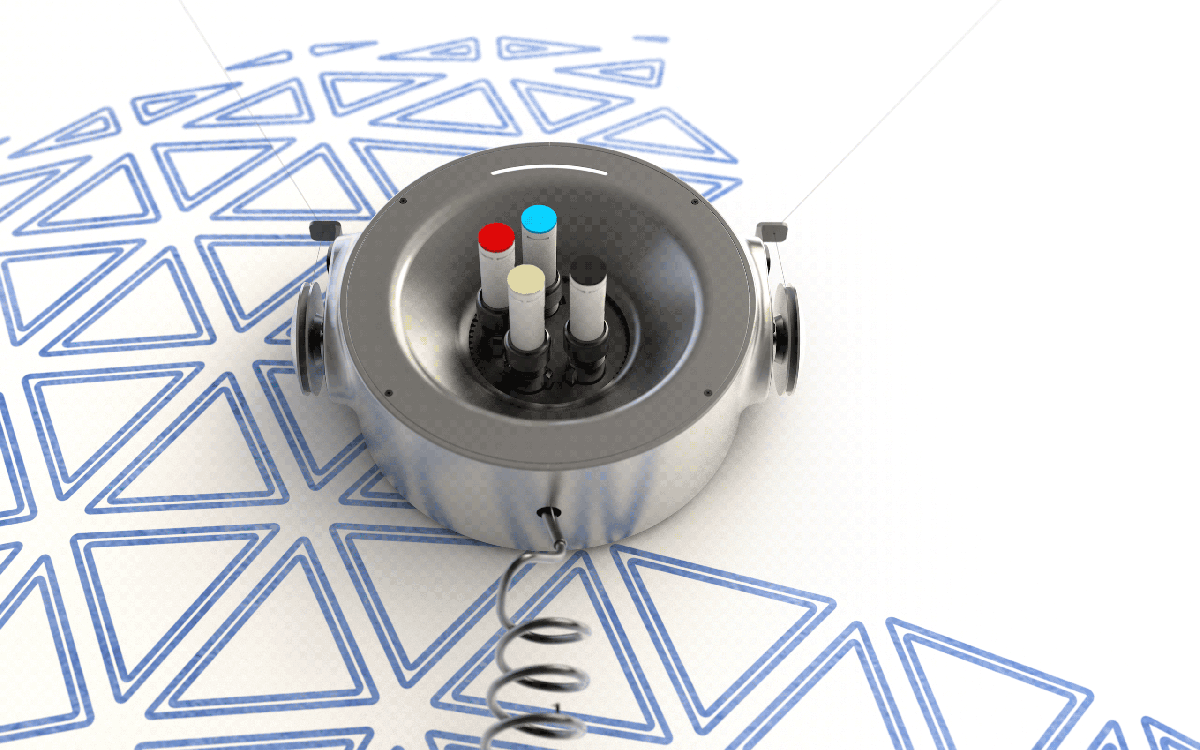
With its in-built engines, Scribit can be installed in less than 5 minutes: all that is needed are two nails and a power plug. Furthermore, thanks to a special patented technology, Scribit can safely draw, cancel and re-draw new content an infinite number of times, allowing you to print a different image on your wall every day or even every few minutes.
Scribit can travel on every kind of vertical surface, from whiteboards to glass or plaster. Thus, any vertical surface can be transformed into a screen - a wonder wall where images, messages, or feeds are projected.
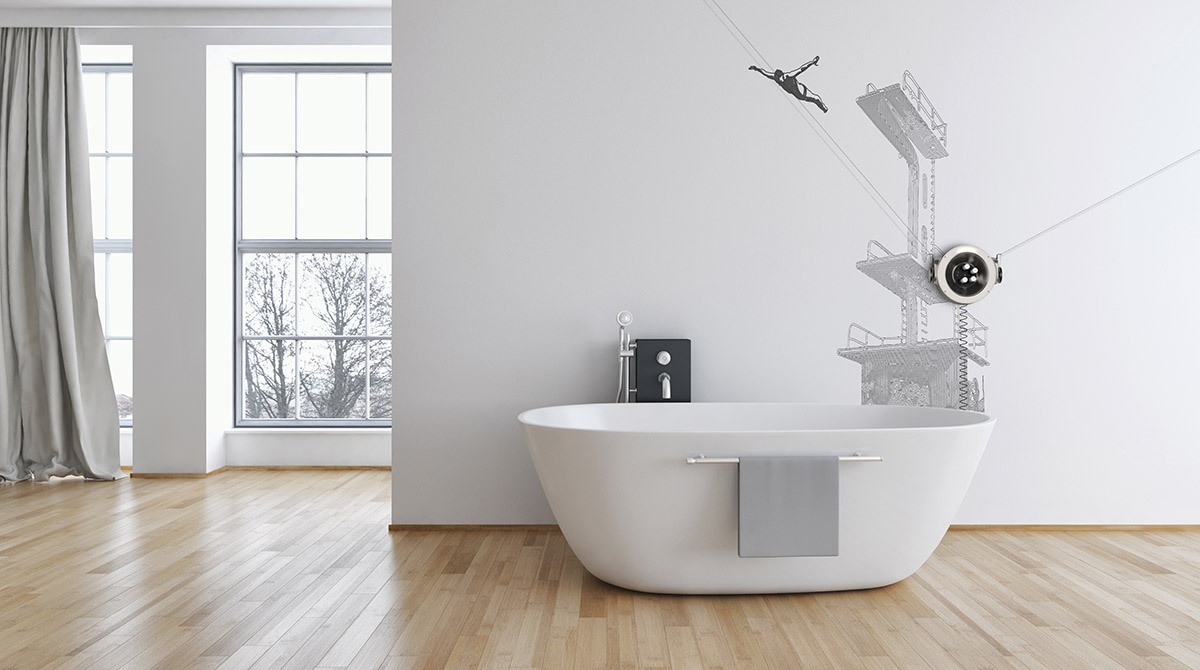
Scribit is always connected to the web, meaning that you can download, upload or source any content from the Internet. A restaurant can post the day’s menu on its wall, a financial firm can post stock market updates in its lobby, or someone who loves art can project a Van Gogh - or their own drawings – onto their bedroom wall. Scribit’s interactive software allows the real-time reproduction of any kind of data, including notes, messages, pictures, and graphics. Once the user sends their digital information to the device, the plotter immediately reproduces it.
"We are totally deluged with information, and spend too much of our non-sleeping time in front of one form or another of digital screen – TV, desktop computer, laptop, tablet or phone. Do we really want to add more screens to our lives?” said Carlo Ratti, founding partner of CRA and director of the MIT Senseable City Lab at the Massachusetts Institute of Technology (MIT).
"Scribit offers up an alternative: a robotic system that draws on any kind of vertical surface, following a primordial act performed by humanity since our first cave graffiti."
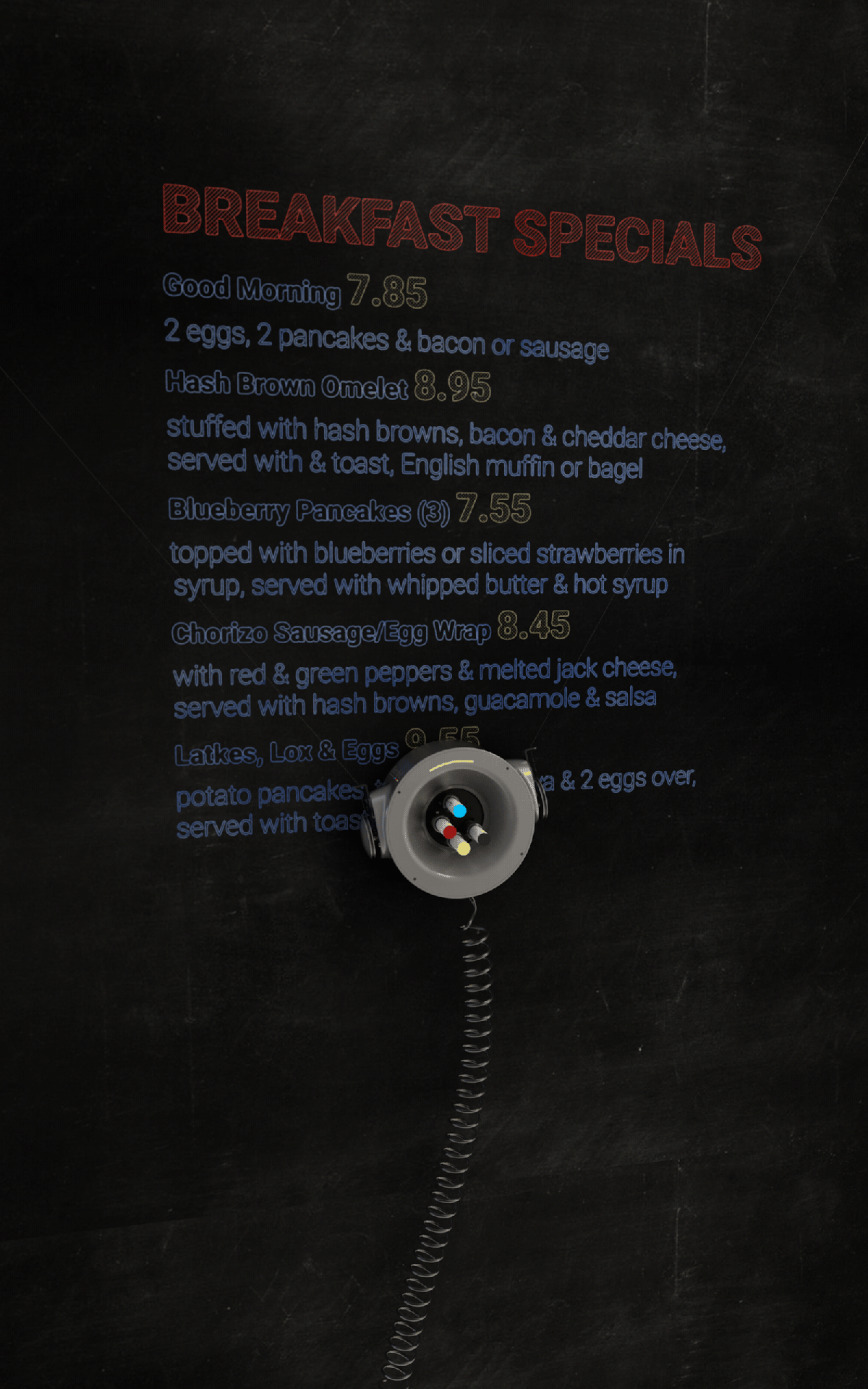
Scribit works on a two-axis plane, moving up and down two very light cables hanging off a vertical wall. It can place itself at any point with great precision and uses markers to reproduce any type of content. Circular in shape, Scribit is 20cm x 8cm in dimension and covered in aluminum, with four markers of different colors at its center.
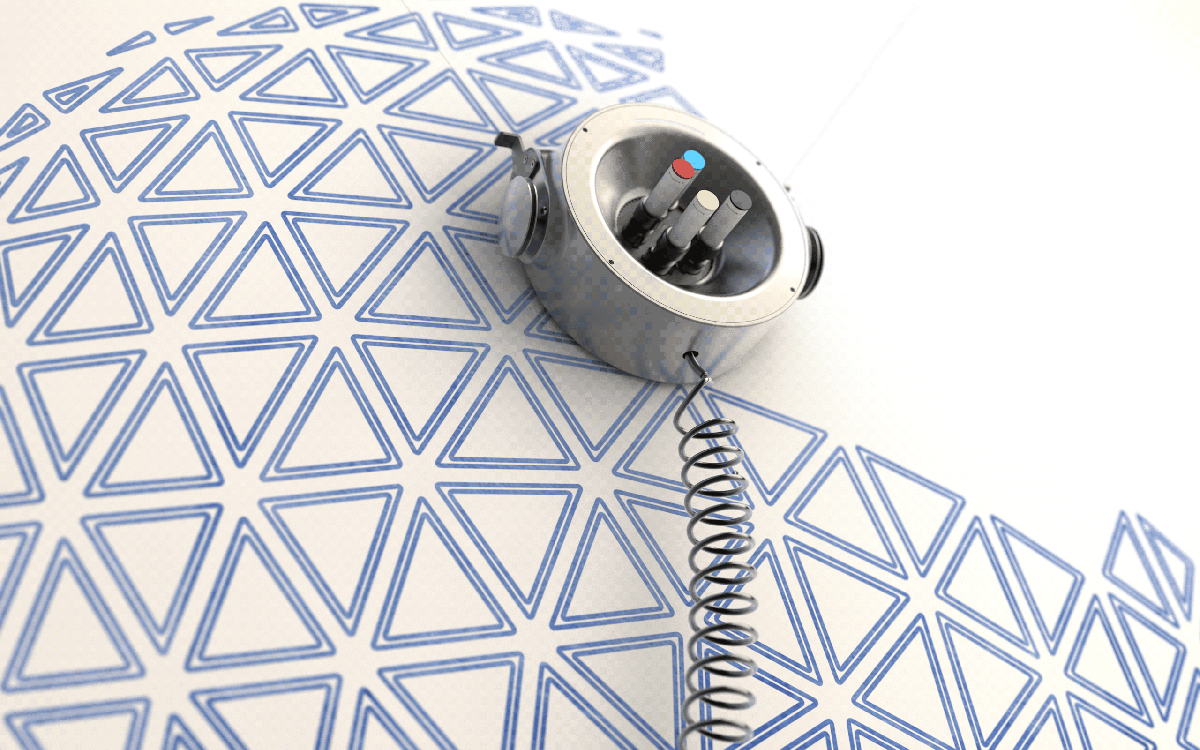
"Scribit will offer users access to a broad range of digital content structured around mini Apps. In this global marketplace, people, businesses or institutions – from artists, to museums, to media organizations - can develop and upload any type of content. Imagine if you could reconfigure your walls every day. You might draw on masterpieces from the best museums of New York, Paris or Tokyo, or discover the latest works by emerging artists," said CRA.
Alternatively, the studio stated that users will be able to receive updates or news about their favorite topics, or other practical information such as weather forecasts or grocery lists, without having to look at their mobile phone. Finally, users will be able to share more personal content, for instance by delivering a surprise message on their friend’s wall for his or her birthday.
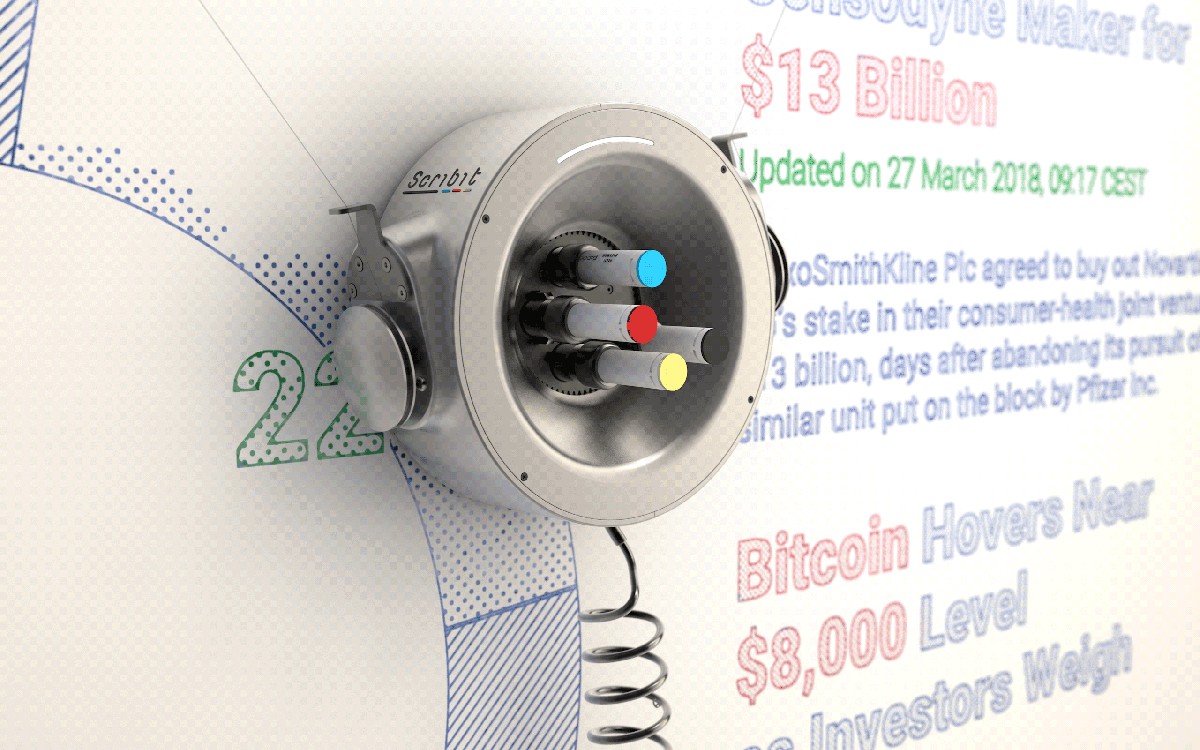
Scribit, which means "s/he writes" in Latin, stems from a long investigation of writing machines developed at CRA’s practice. This includes the installation OSARCH at the 2011 Istanbul Design Biennale, the façade of the Future Food District at Milan’s World Expo 2015 (selected by Guiness World Records as the largest image ever plotted) – and, more recently, UFO-Urban Flying Opera, a project in which a fleet of painting drones is employed to draw a collectively-sourced image.
All these projects can be seen as interpretations to the idea of "tangible bits" developed by MIT Professor Hiroshi Ishii: they bring together the best of both the digital and the physical worlds.

Scribit will be displayed from 16 to 25 April 2018 in Milan’s Piazza del Duomo, in the framework of “Living Nature. La Natura dell’Abitare” pavilion, developed by CRA for Salone del Mobile during Milan Design Week. The crowdfunding campaign will start on 5 June 2018.
Project facts
Project name: Scribit
Design: CRA-Carlo Ratti Associati
In collaboration with Makr Shakr
Design Team: Carlo Ratti, Giovanni de Niederhausern, Emanuele Rossetti, Alessandra Savio, Luca Giacolini
Scribit team: Andrea Bulgarelli (project manager), Andrea Baldereschi, Pietro Leoni
Renderings: Gary di Silvio, Giacomo Mangia
Consultants:
Hotblackrobotics srl (software consultancy)
Dario Trimarchi (electronics hardware consultancy)
Folder (Brand identity)
Video: The Good Life Studio
All images courtesy of CRA
> via CRA
